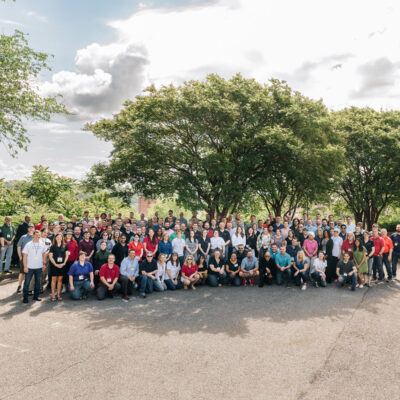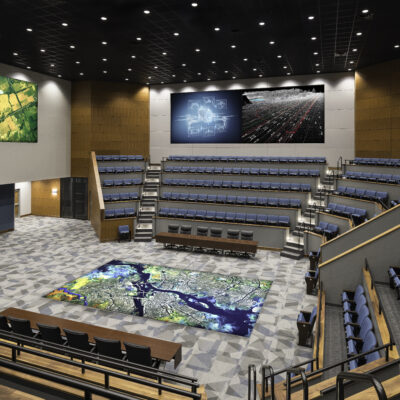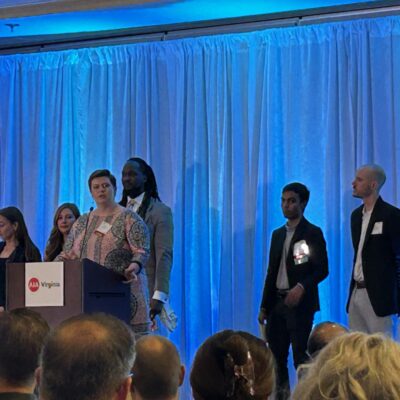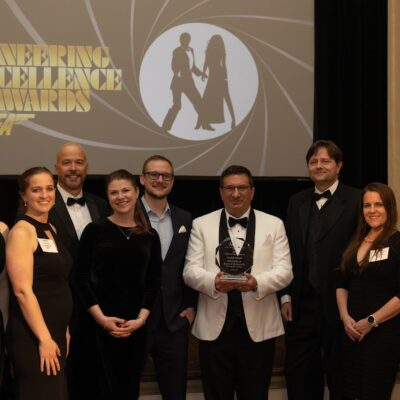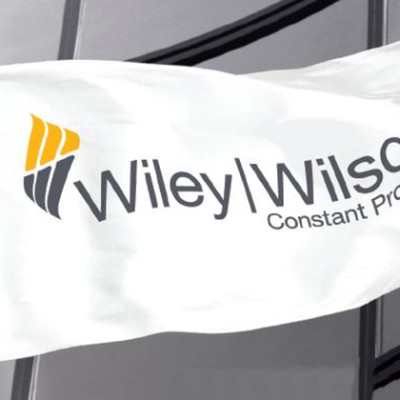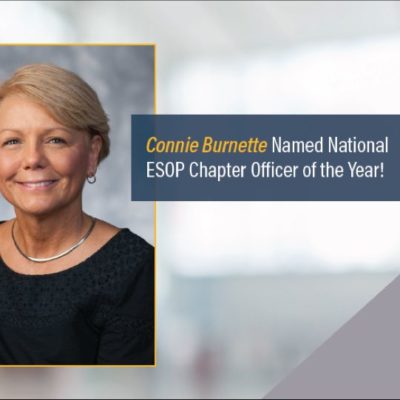Wiley|Wilson De-Briefs Facilities Managers on Legionella and Water Management Programs
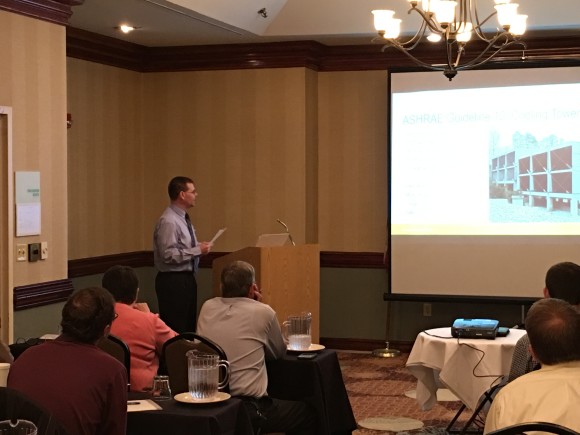
Wiley|Wilson recently delivered a presentation on Legionella to a gathering of Virginia’s Department of Behavioral Health and Development Services (DBHDS) staff. Employee-owners Mike Gehl, PE, Senior Engineer, Mechanical Department and Tyler Morris, PE, Engineer, Mechanical Department, met with facilities directors from DBHDS offices across the state at the group’s Buildings and Grounds Conference to discuss water management systems and different methods that can be employed to prevent the presence of Legionella bacteria.
“Presenting at this conference was an excellent opportunity to provide in-depth, technical details about a subject of particular interest to the audience,” explained Norman Downey, PE, Wiley|Wilson Vice President, Project Manager. “Water quality is an especially significant topic right now, and we are eager to work with our clients to help them address this issue.”
The presentation focused on Legionella: what the bacteria is, how diseases are contracted from it, and the scope of the Legionella problem. According to the CDC, Legionella bacteria is commonly found in fresh water, but it grows best in warm water similar to what may be found in cooling towers (used in air conditioning for large buildings) and large plumbing systems. The American Society of Heating, Refrigerating, and Air-Conditioning Engineers (ASHRAE) recently released Standard 188 that establishes minimum risk management requirements for building water systems.
During the presentation, Mike and Tyler provided an overview of this new standard and how it can be applied when surveying buildings, developing water management plans, and designing building water systems. Wiley|Wilson has decades of experience working with authorities, towns, and cities to ensure the quality of their water. The firm recently completed a project for a medical center campus seeking to reduce its risk to patients and staff. Wiley|Wilson conducted extensive field surveys of the existing water systems, developed a detailed design to improve the system to create a less hospitable environment for Legionella growth, and implemented new systems for water treatment, water temperature control, and system monitoring.
“There are various treatment options available for Legionella,” Tyler explained. “Because there is no single solution to the issue, we discussed the advantages and disadvantages of different approaches that can be used for specific building water systems. This gave attendees important information that they can use when determining how to protect their buildings from Legionella.”
